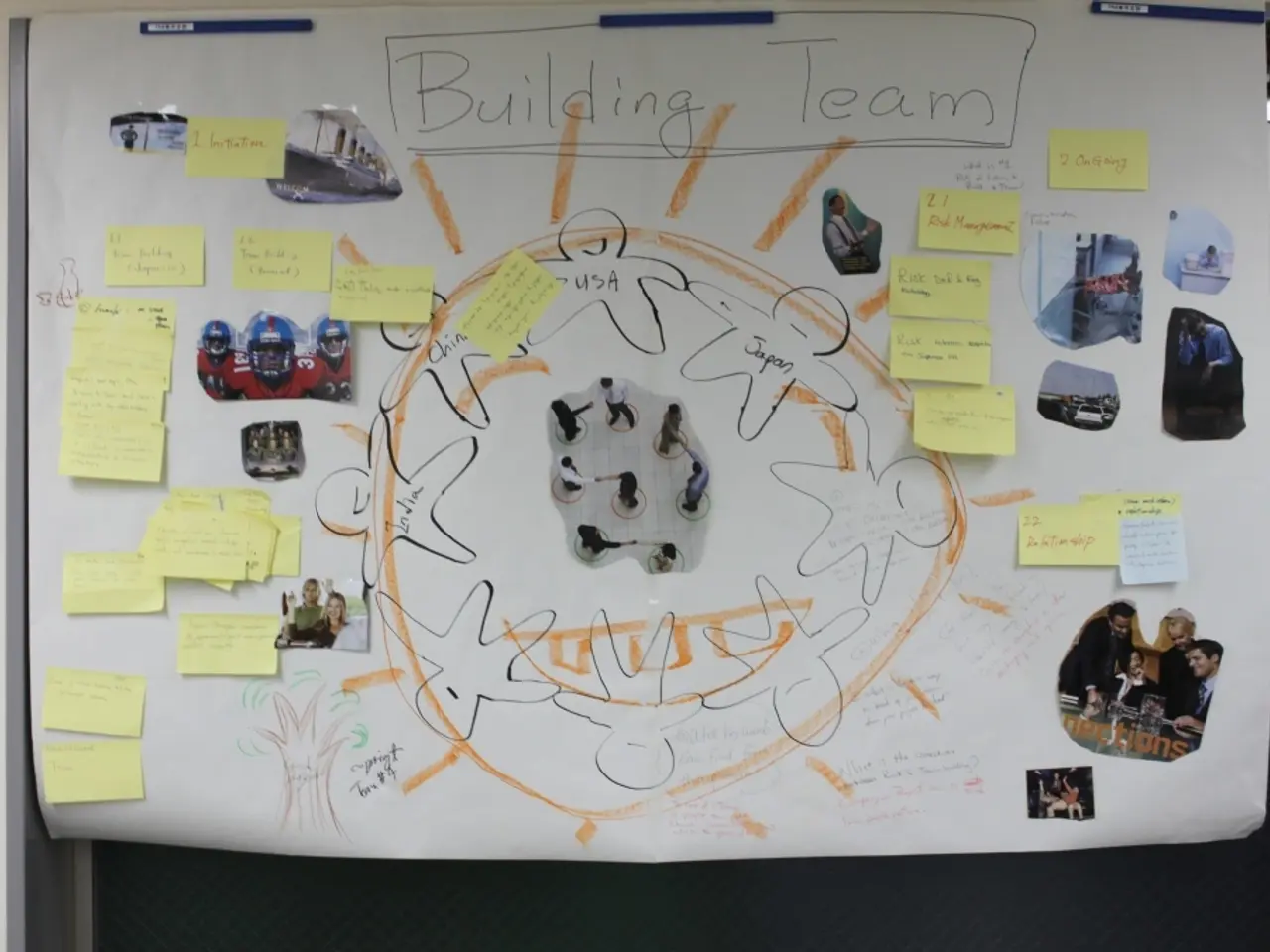Seven Exciting Garden Science Projects for Children, Inspiring Awe and Curiosity
Garden-Based STEM Activities Teach Science and Encourage Outdoor Exploration
Garden-based STEM activities offer a unique learning experience for children, combining science education with hands-on, real-world experiments and observations in natural settings. These activities transform the garden into a "natural laboratory," where children can directly observe plant life cycles, conduct soil science experiments, track weather patterns, and measure plant growth.
One such activity involves planting seeds and documenting their growth stages in science journals, enabling children to observe life cycles firsthand. Children can also test soil pH, compare growth under different conditions, observe pollinators, and create compost experiments to understand decomposition and ecosystems.
Measuring garden dimensions and plant growth introduces math through area, perimeter, averages, and data collection, grounding mathematical concepts in concrete tasks. Weather observation stations in the garden provide real data for analysis, helping children understand seasonal changes.
Garden-based STEM activities naturally promote outdoor exploration by moving learning outside classrooms to gardens, parks, or green spaces. Children engage with nature using all senses, increasing curiosity and engagement.
These activities also foster critical thinking skills by encouraging children to formulate hypotheses, design simple experiments, collect and analyze data, make predictions and comparisons, and solve problems creatively. This approach builds problem-solving, observation, reasoning, and scientific inquiry in an integrated way, where children learn by doing rather than memorizing.
Other experiments include exploring how different liquids impact plant growth, observing and recording plant growth daily, and conducting a light experiment to demonstrate photosynthesis. Children can also discover vibrant colors hidden in petals, leaves, and berries for natural plant dyes, and create their own pH indicators from common household items.
Furthermore, kids can build their own worm bin, compare worm castings with regular garden soil, and create pollinator-friendly observation areas. Most experiments require minimal setup and use common household items alongside seeds, soil, and water.
In summary, garden-based STEM activities provide a multisensory, experiential platform that teaches scientific concepts, encourages outdoor exploration of the environment, and cultivates critical thinking by engaging children in practical, meaningful investigations and problem-solving tasks.
Engaging in these activities, children can delve into environmental science, studying plant life cycles, soil characteristics, and weather patterns, while also exploring home-and-garden topics, such as creating a worm bin and understanding composting. Furthermore, these experiences contribute significantly to a child's education-and-self-development, fostering critical thinking, problem-solving skills, and a deeper appreciation for the lifestyle that values nature and a hands-on approach to learning.




